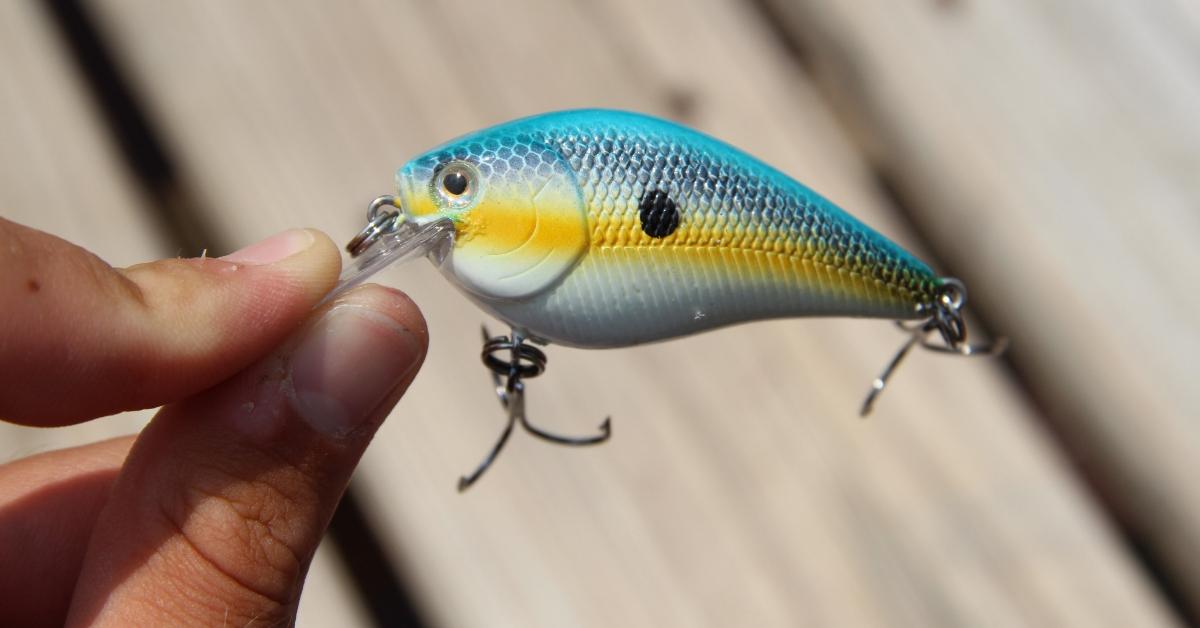How To Power Fish Cover With Three BIG Bass Techniques
Things that go bump in the night are a special part of Halloween lore and lures that go bump in the water are special treats to bass around that same time of year. Bass are triggered by lures bumping into cover because it imitates shad trying to escape from their predators. Fall is a prime time for bumping lures because baitfish bunch up in large pods and when a predator slashes through the bait ball shad frequently bump into each other or run into an obstacle in their attempt to escape. So you can take advantage of the fleeing baitfish reaction by running your lures at high speeds and knocking the bait into cover to trigger a reaction strike from bass.
Crank 'Em Up Around Cover
My favorite lure for bumping cover in the fall is a squarebill crankbait because I can burn the lure in the shallows and deflect it off cover without snagging into wood or rocks. When the crankbait bangs into solid cover, its square bill hits the cover first and causes the lure’s body and hooks to deflect away from the object. A strike usually occurs after the lure deflects off the cover and you let it sit for a couple of seconds before starting to reel again.
Don't Sleep On Buzz Baits
Buzz baits are also great lures for bumping cover. When I see a piece of wood sticking out of the water, I cast the buzz bait past the target and reel it back so it will bump into the wood. The blade of the buzz bait also deflects the lure’s body away from the cover to prevent hang-ups. Strikes are easy to detect because your buzz bait will disappear when a bass sucks the lure under or blows up the surface.
Power Fishing Cover With Spinnerbaits
Banging a spinnerbait into wood cover or bumping it along a rocky bottom is another effective tactic for catching fall bass. After running the blade bait into the cover, let it flutter down for a couple of seconds and keep a close vigil for a twitch in your line that indicates a strike. When bumping bottom, you can tell a bass has inhaled your spinnerbait if you don’t feel the blades vibrating.Ticking grass with a swim jig also triggers reaction strikes from bass in the fall. Make sure you swim the jig at a quick steady pace so the lure bumps into the weeds but doesn’t bog down in the vegetation.
Updated December 5th, 2018 at 4:08 AM CT


